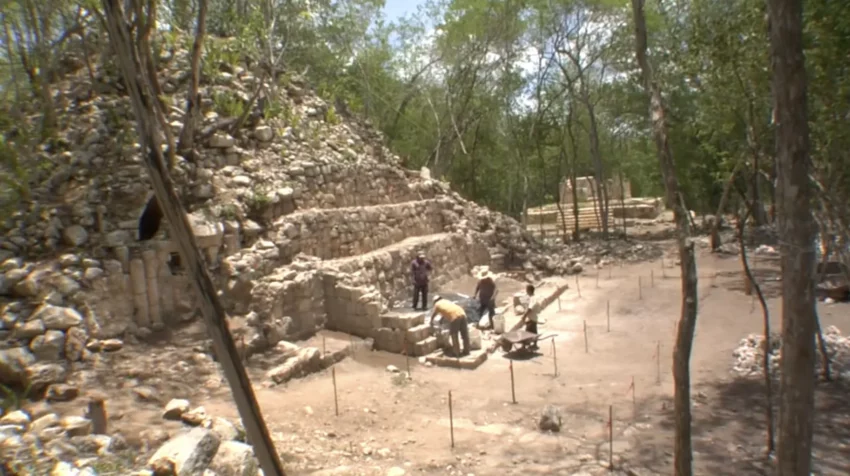Exploring Kiuic: A Glimpse into Maya Civilization
Kiuic, also known as Kaxil Kiuic, is a fascinating Maya archaeological site in the Puuc region of Mexico’s Yucatán Peninsula. Located in the Puuche Hills, about 125 meters above sea level, Kiuic is part of the Kaxil Kiuic Biocultural Reserve. This site offers a well-preserved glimpse into the ancient Maya civilization.
Get your dose of History via Email
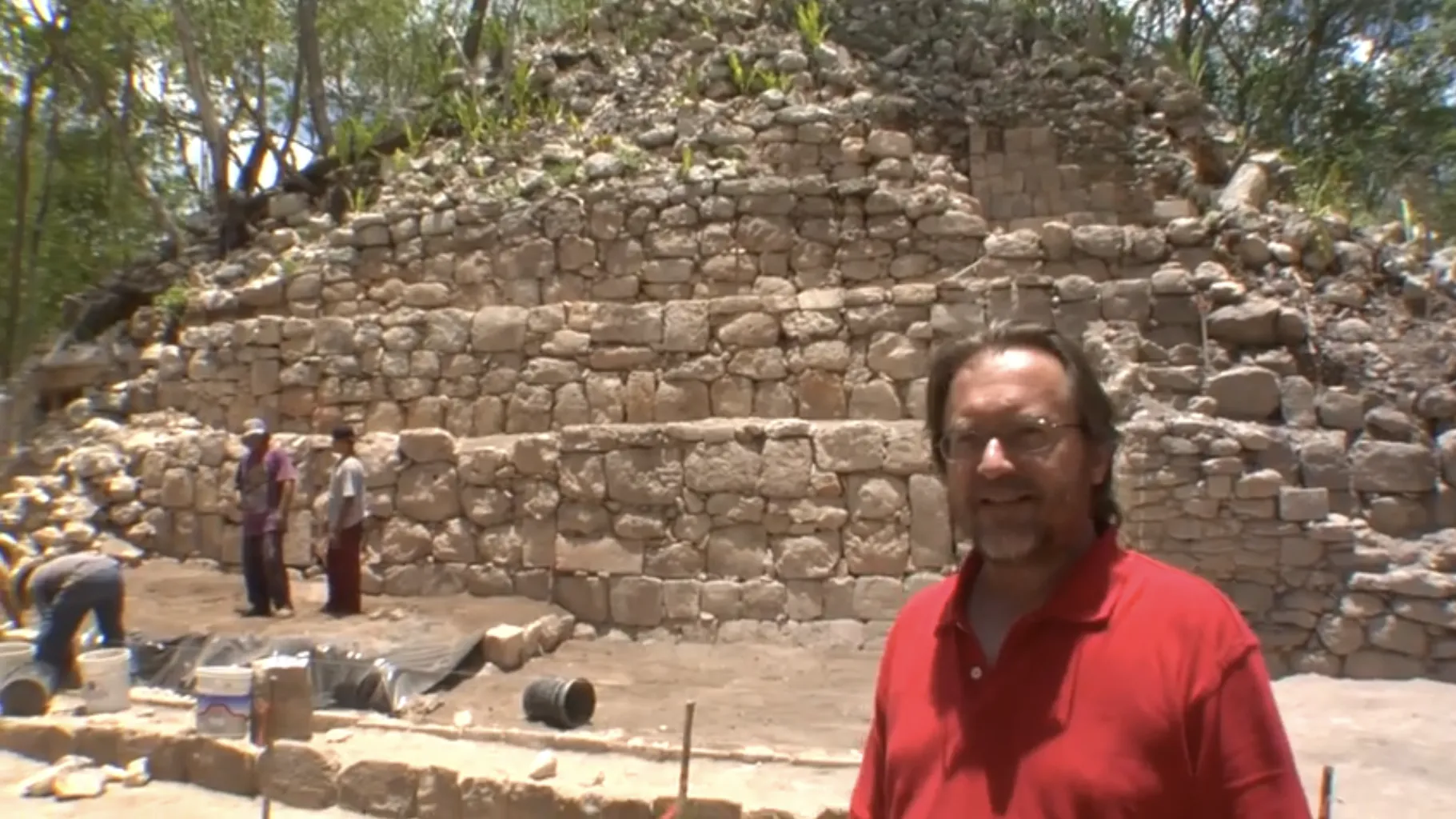
Historical Significance
Kiuic flourished during the Late and Terminal Maya Classic Periods, with evidence of earlier occupation. By around 880 AD, the Maya had abandoned the city. Despite its abandonment, the site remained remarkably intact, drawing comparisons to Pompeii for its preservation. Renowned explorers Frederick Catherwood and John Lloyd Stephens first documented Kiuic in 1843. Since then, it has continued to captivate archaeologists and historians alike.
Archaeological Discoveries
Since 2000, extensive archaeological explorations have been underway at Kiuic. Led by Professor George J. Bey III from Millsaps College, these excavations have unveiled significant insights into Maya culture. Researchers estimate that Kiuic was once home to approximately 3,000 to 4,000 Maya people.
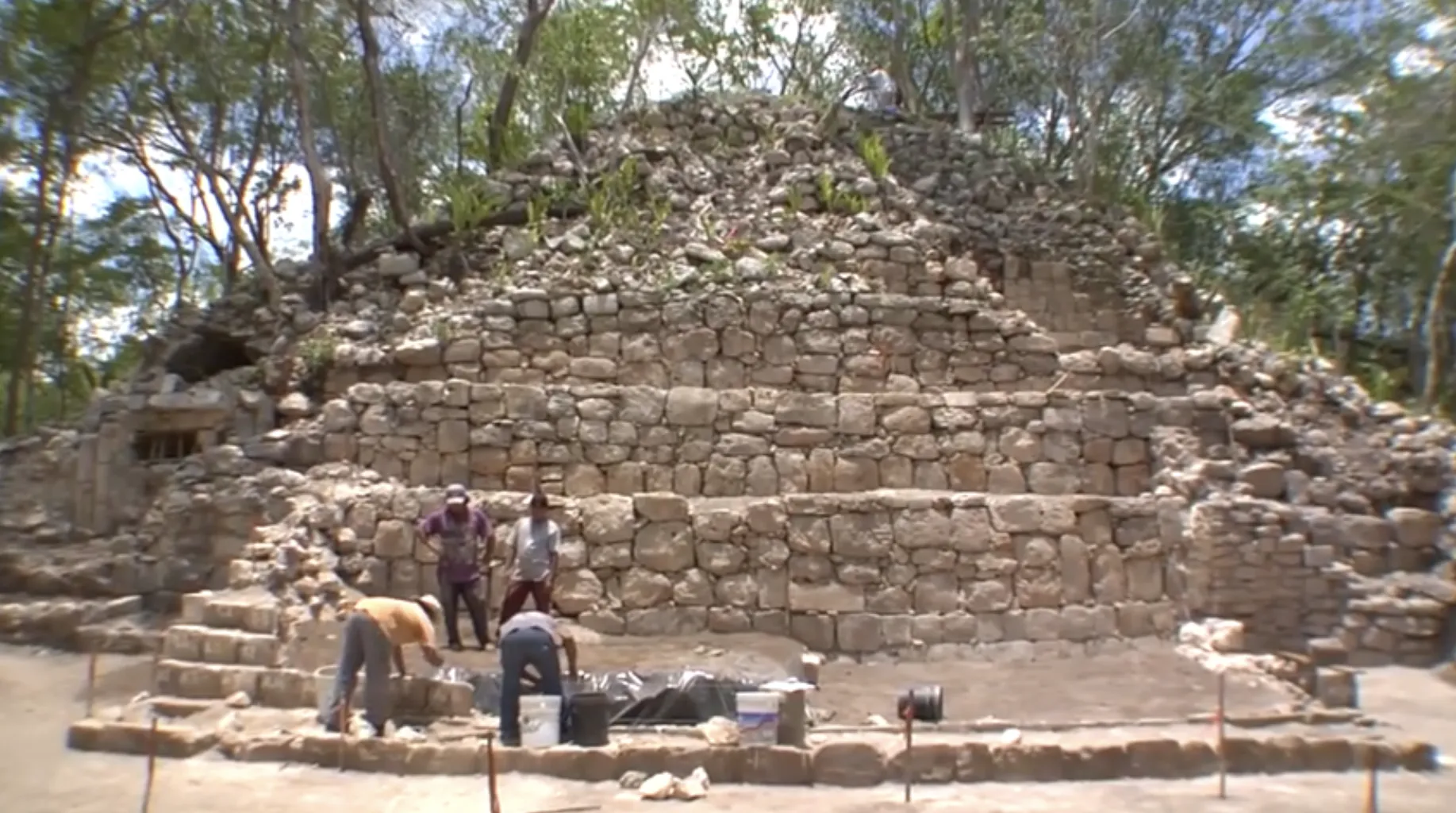
The Central Plaza and Key Structures
The heart of Kiuic lies in its central plaza, surrounded by various important structures. The Dzunun Plaza features the remains of the royal palace and the Popol Na council house. This council house, characterized by broad stairs and multiple doorways, served as a gathering place for Maya men to conduct daily activities. On a hill 2 kilometers from the central plaza, another district called “Escalera al Cielo” (Stairway to Heaven) showcases additional buildings.
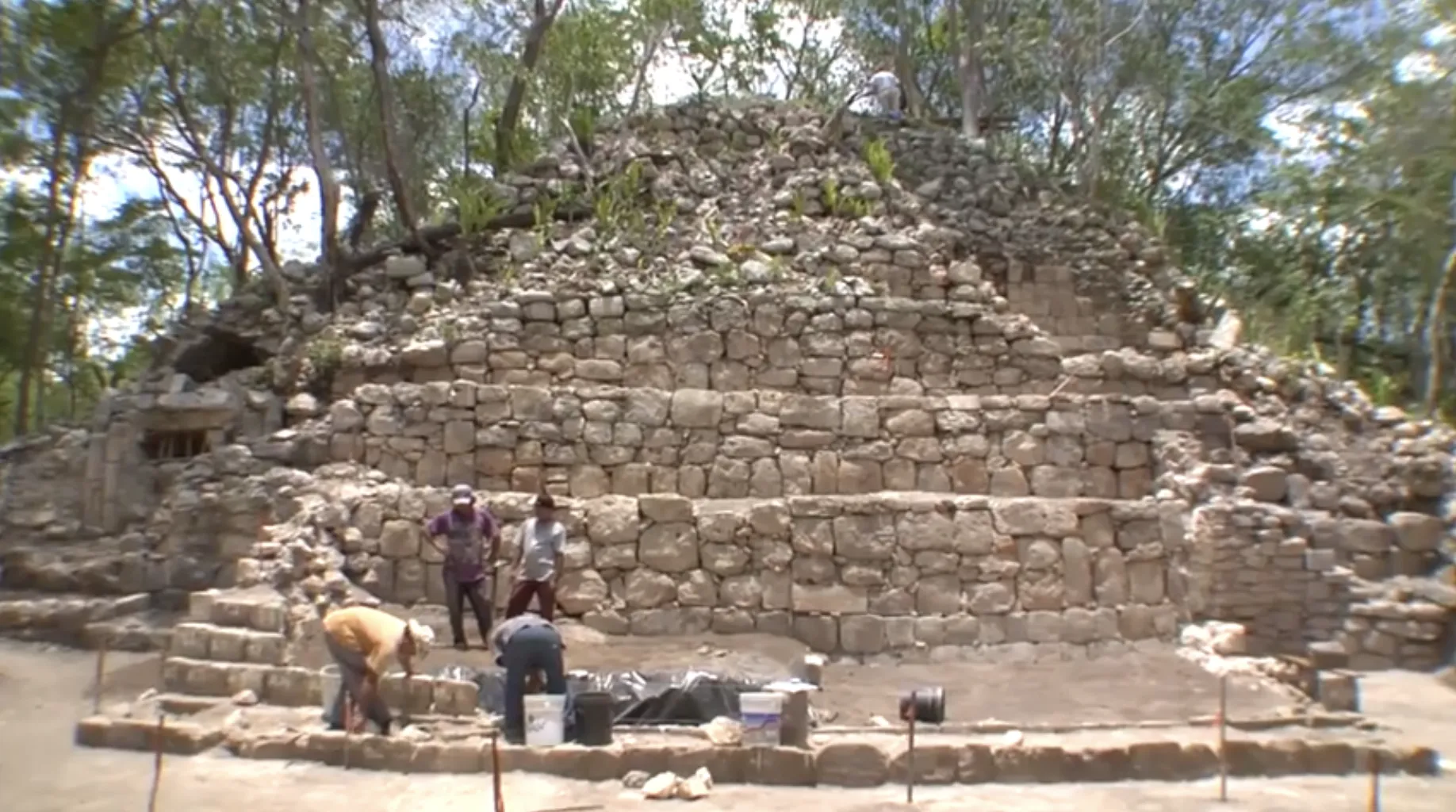
Memorialization Practices
One of the intriguing aspects of the Kiuic Pyramid is the practice of burying earlier buildings within its structure. This method of memorializing past structures by constructing new ones over them highlights the Maya’s reverence for their history and ancestors. It also reflects their complex social and cultural transformations over time.

Layers of History
Recent excavations have revealed six historical development layers at Kiuic. The oldest layer, dating back to around 950 BC, was discovered at a depth of about 8 meters. Among these findings is a rectangular plaza with a 1-meter-thick foundation, providing a tangible connection to Kiuic’s ancient past.
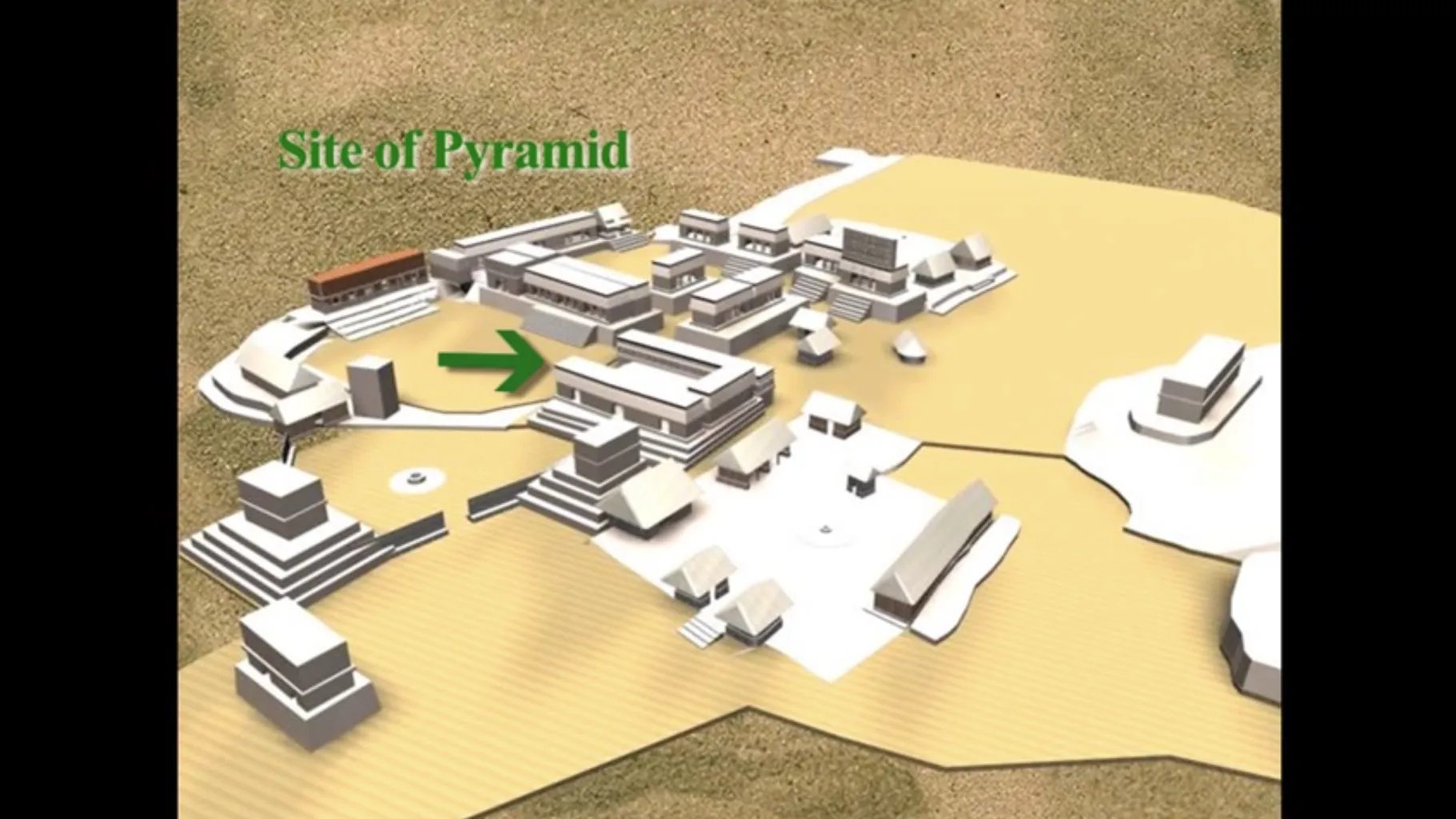
Unique Architectural Features
Kiuic is home to several unique architectural features, including a rectangular building adorned with diamond motifs. This “Diamantes” building, documented in the early 1840s, stands out as a distinctive example of local Maya construction. Additionally, a smaller former royal palace was discovered beneath a local pyramid, offering further insights into the site’s complex history.
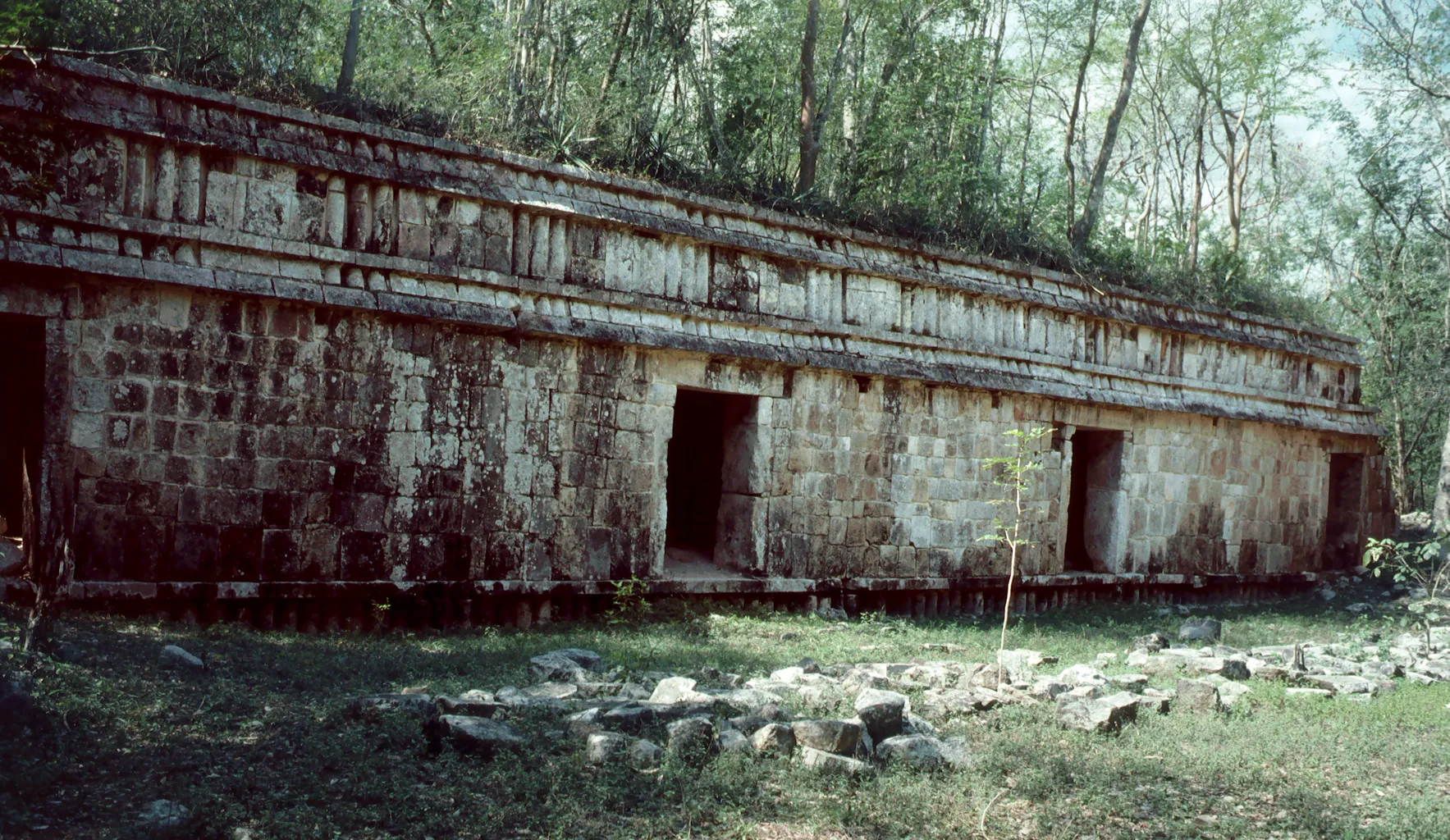
Artifacts and Cultural Relics
The artifacts uncovered at Kiuic tell a rich story of its inhabitants. Archaeologists found grinding stones and other kitchen utensils left behind by the Maya. They also discovered blue jade of Olmec origin and sea shells used for decoration. These finds underscore the interconnectedness of Mesoamerican cultures and the trade networks that once existed.
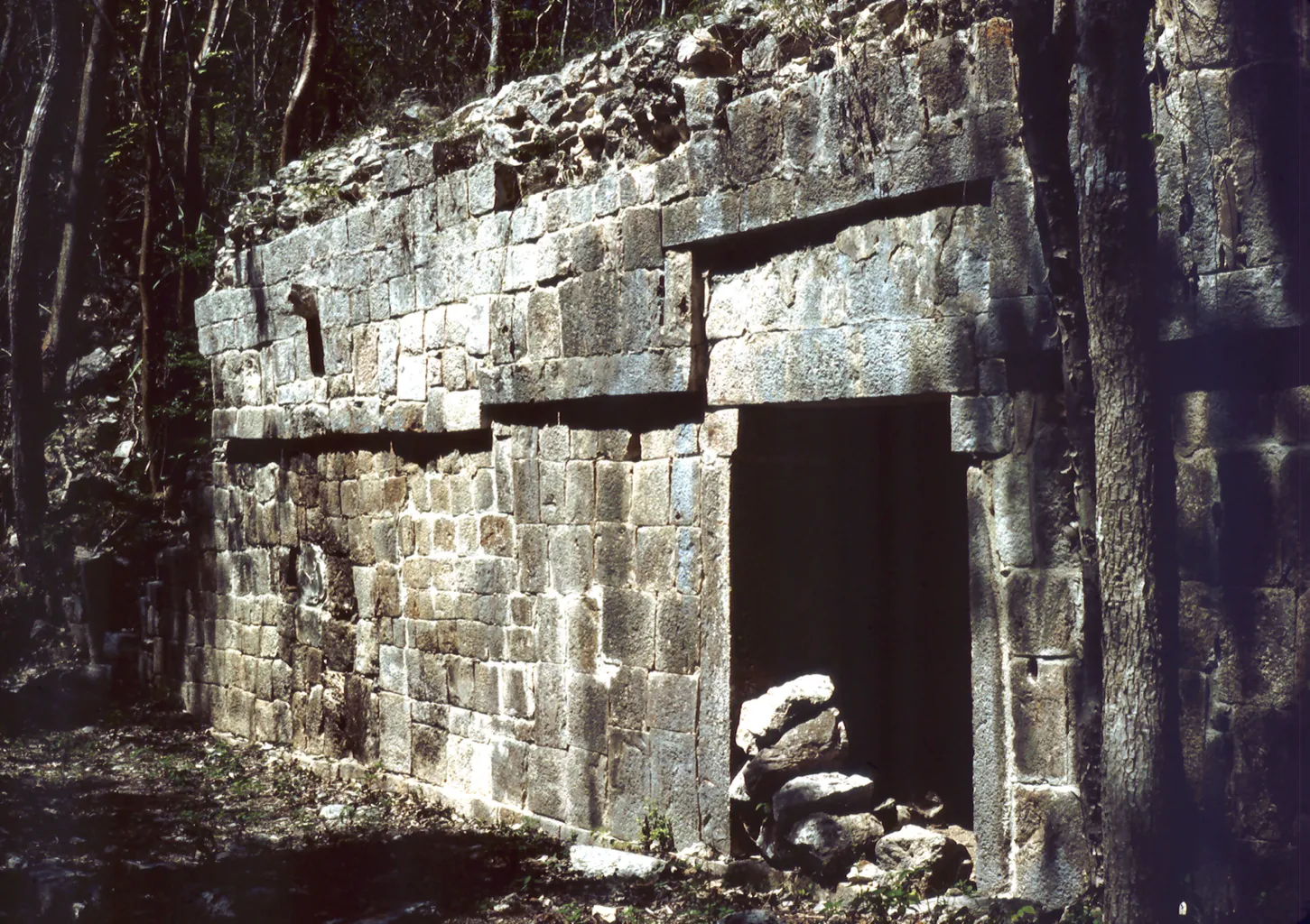
Preserving the Legacy
The well-preserved state of Kiuic allows researchers to delve deep into its past. The site’s exploration not only enhances our understanding of Maya civilization but also helps preserve its legacy. The involvement of local communities in these efforts ensures that the cultural heritage of Kiuic is protected and celebrated.

Conclusion
Kiuic stands as a testament to the ingenuity and resilience of the Maya civilization. From its early days to its abandonment, Kiuic offers valuable lessons about human history and cultural evolution. The ongoing archaeological efforts at Kiuic continue to shed light on this remarkable site, ensuring that its stories endure for generations to come.
Visiting Kiuic is like stepping back in time. The ruins, the stories they tell, and the artifacts uncovered make this site a unique and enriching experience. Whether you’re an archaeology enthusiast or simply curious about Maya civilization, Kiuic is a must-visit destination that promises to leave a lasting impression.
Sources:

